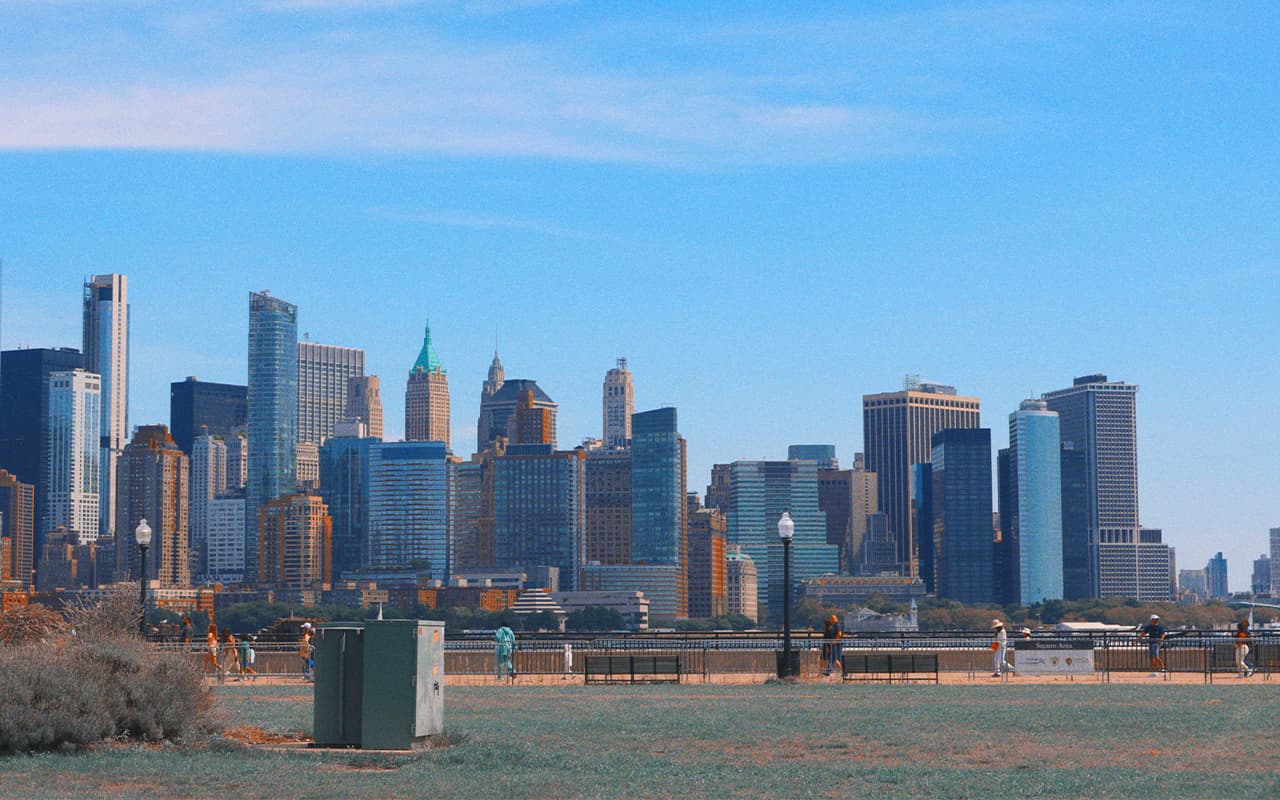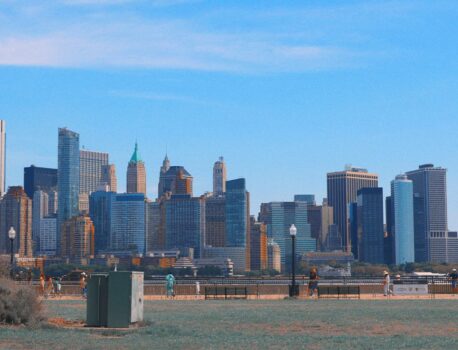“New York: The Documentary” is an eight-episode 17.5-hour American documentary about the history of New York. It was directed by Rick Burns and originally aired in the US on PBS. The film was produced by Steeplechase Films in association with WGBH Boston, Thirteen/WNET and The New-York Historical Society.
The series was written by Burns and James Sanders and produced by Burns’ company Steeplechase Films. Several prominent New York historians, including Mike Wallace, Kenneth T. Jackson, David Levering Lewis, and Robert Caro, participated in the creation of the series as consultants and appeared on camera. It was narrated by David Ogden Styers.
Other notable figures who have appeared in the series include Rudolph Giuliani (then Mayor of New York in episodes 1-7), former Mayor Ed Koch, former New York Governor Mario Cuomo, former US Senator Daniel Patrick Moynihan, poet Allen Ginsberg , novelists. Alfred Cousin and Brendan Gill, director Martin Scorsese, journalist Pete Hamill, former congresswoman Bella Abzug, historian Niall Ferguson, philosopher Marshall Berman, writer Fran Lebovitz, engineer Leslie E. Robertson, architect Robert AM Stern, high-wire artist Philippe Petit , developer (and future president) Donald Trump and author David McCullough.
Production and release
In 1987, Rick Burns and James Sanders conceived the idea of a multi-episode television series about the history of New York. In 1993, Burns, having completed The Way West two years earlier, partnered with Sanders and Lisa Ades to obtain a grant from the NEH, and he and Sanders began writing the screenplay for New York. Lisa Ades and Steve Rivault assisted with initial research. Thirteen joined the project soon after to complete the fundraising. The cost of the series by episode five was $9.8 million, and at its peak, over 20 people were involved. The team worked out of two offices near 72nd Street and Broadway in New York City.
New scenes and images of New York were shot on 16mm film. The first half of the series was edited traditionally, but Burns reluctantly agreed to edit the second half digitally on Avid workstations. In retrospect, Burns saw the computer as an important tool for managing the vast amount of archival material included in the film.
Burns originally planned for a 10-hour series. However, this plan was abandoned, and the first 10 hours (five two-hour episodes) only covered New York until 1931. The film has so far been released in 1999, with plans for a sixth episode covering other years. However, this plan was also abandoned in favor of two additional episodes, Episode Six (120 minutes long) and Episode Seven (140 minutes long). Both were released in September and October 2001, just weeks after the 9/11 attacks.
After the events of 9/11, Burns, Sanders and their team were inspired to create the eighth episode of the film, dedicated to the World Trade Center and its role in the history of New York.
Burns, Sanders and Steeplechase Films are producing episodes nine and ten of the modern-day New York series for broadcast. The film will explore in dramatic detail how New York is grappling locally with critical issues of immigration, diversity, growth, economic change, climate change, social justice and governance – issues that have become critical issues around the world. The film will show how the whole world is rapidly taking on the characteristics of the modern city that New York pioneered for four hundred years – and that New York remains, as it approaches the beginning of its fifth century as a metropolis, an outstanding and remarkable city.

